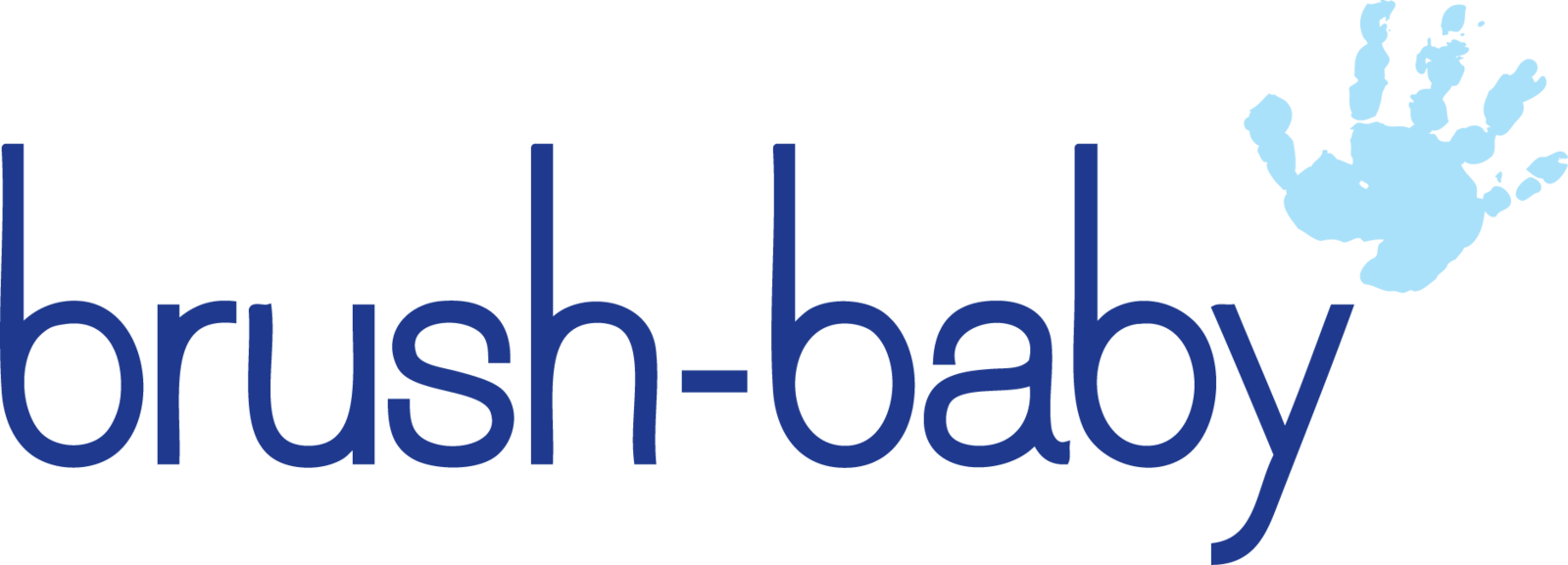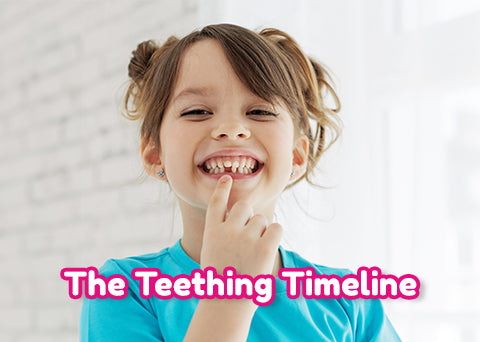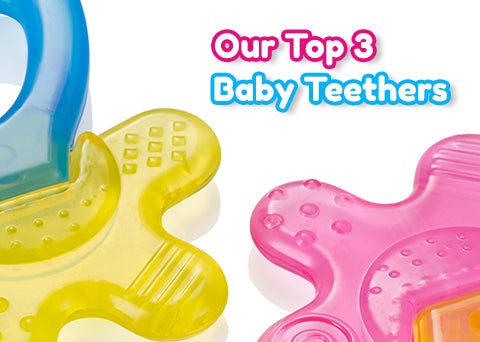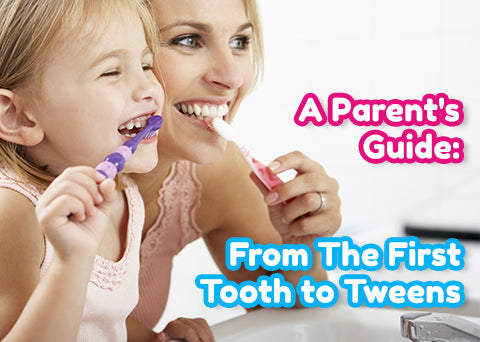When Do Baby Teeth Fall Out, And What Happens Next?
As a parent, there are various milestones that we look forward to witnessing in our child's growth, and one of them is when they start getting their first teeth. Baby teeth also known as Milk teeth, or primary teeth, play a crucial role in the early stages of a child's life. They aid in chewing, speaking, and smiling, and also serve as placeholders for the adult teeth to grow.
However, as a child grows, their baby teeth start to loosen up and fall out, making way for the permanent teeth. In this blog post, we'll discuss when baby teeth fall out and what happens next to make the transition smoother for your child.
The Timeline
The timeline for losing baby teeth may vary from child to child; however, it usually starts around the age of 6. Typically, the front two bottom teeth (lower central incisors) are the first ones to fall out, followed by the front two upper teeth (upper central incisors).
From there, the remaining teeth tend to fall out in pairs - one from the top and one from the bottom - until all of the baby teeth have been replaced with adult teeth. This process usually takes a few years, until the child is around the age of 12-13.
Relieving Teething Pain
Teething wipes and teethers play invaluable roles in providing relief and comfort to infants during the challenging teething phase. Teething wipes, often infused with gentle, soothing ingredients, offer a convenient solution to alleviate gum discomfort while maintaining cleanliness. These baby teething wipes are designed to be gentle on a baby's delicate gums, providing a soothing sensation and assisting in the eruption of new teeth.
On the other hand, teethers serve as essential tools for babies to chew on, helping to massage sore gums and facilitating the teething process. The tactile experience of biting and gnawing on teethers not only offers relief but also aids in the development of jaw strength and coordination. Together, teething wipes and teethers become indispensable aids for parents, offering a comforting and practical approach to navigating the inevitable challenges of teething in infants.
The Emergence of Adult Teeth
As the adult teeth start to come in, you may notice that they look bigger than the baby teeth and have more of a yellowish or greyish colour. Don't worry, this is completely normal - it's just that the adult teeth have more dentin than the baby teeth, which has a darker shade. The adult teeth may also take some time to settle in properly, which can cause your child's speech to temporarily change. However, this too will naturally resolve over time.
The importance of a good oral care routine
It's important to note that the same dental hygiene habits that applied to baby teeth are still necessary for the adult teeth, if not more so. Remind your child to brush their teeth twice a day, floss, and avoid sugary drinks. Also, make sure to schedule regular dental check-ups with your child's dentist to ensure that their teeth are healthy and growing properly.
The process of losing baby teeth and gaining adult teeth may seem like a daunting one, but it's a natural part of growing up. As a parent, it's important to be supportive and encouraging during this time while also enforcing good dental hygiene habits. With time, your child will have a confident smile with strong and healthy adult teeth.
